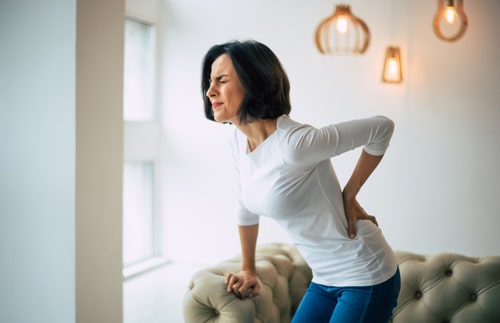
POTS is characterized primarily by a cluster of symptoms that occur when a person shifts from a seated or lying position to standing. Technically, this is called orthostatic intolerance. When standing, a person may experience sudden dizziness or lightheadedness, and may even faint. Additional symptoms include difficulty concentrating, fatigue shakiness, and heart palpitations. People with POTS may also have insomnia, constipation, bloating, headaches, heat intolerance, and shortness of breath or fatigue that interferes with exercise. Historically, POTS has primarily affected women between ages 15 and 50. However, we’re seeing more cases of this syndrome in people who have long COVID. There is some suspicion that POTS could be an autoimmune condition in which the overzealous immune system inadvertently damages the lining of blood vessels, blunting their ability to constrict when standing up.
Current research suggests that some people improve or recover from POTS over a period of a few years. Some, though, develop a cycle of symptoms. The cycle often begins when the person, in an attempt to avoid symptoms, spends more time in bed or lying down. The decrease in activity diminishes heart capacity and muscle mass, as well as the volume of blood that circulates through the body. These conditions only exacerbate the symptoms that occur upon standing.
Normally, when we stand, we experience a drop in blood pressure. In response, sensors in the heart activate the sympathetic nervous system to produce more norepinephrine (in the adrenal glands). Norepinephrine is similar to adrenaline. It signals the heart to beat faster and with more force so that normal blood flow to the brain is restored. It also signals the blood vessels to constrict, driving blood from the lower body to the heart. In POTS, the signal does not work as it should. Blood vessels do not tighten, so blood stays in the lower body rather than pumping back into and out of the heart. To compensate, the heart beats faster. It’s somewhat like a chronic fight or flight response in the body.
If you experience the symptoms that we’ve mentioned here, whether you’ve had COVID-19 or not, you can benefit from consulting a doctor about your experience. With proper treatment, unpleasant symptoms may be brought under control.
Summit Healthcare has multiple locations in Show Low, AZ. Contact us to find a provider or to schedule a visit.
